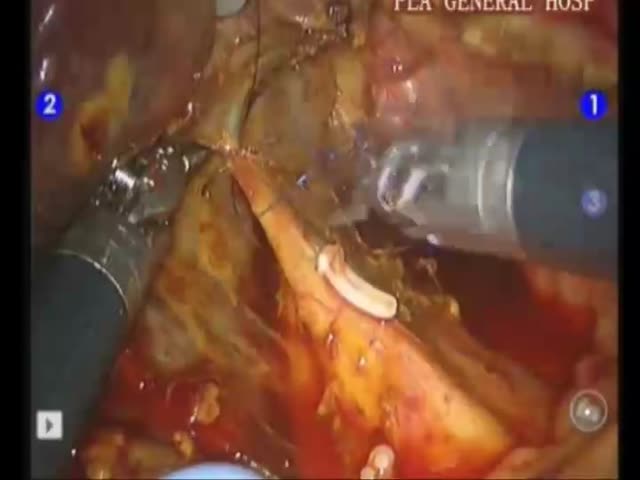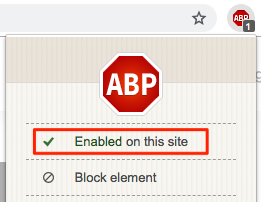
Chicago 2009 Video – Robotic-Assisted Laparoscopic Anatomic Left Hepatectomy and Caudate Segmentectomy Roux-en-y Hepaticojejunostomy for Radical Resection of Hilary Cholangiocarcinoma (the First Case in China)
March 17, 2010
W.B Ji
Background/Hypothesis
Laparoscopic hepatectomy has been reported extensively in the literature. However hilar cholangiocarcinoma still remains contraindication for laparoscopic technique due to difficult radical excision and hepaticoenterostomy. At present, the robotic technique made the difference, allowing the performance of procedure with complex manipulative maneuvers otherwise not feasible in minimally invasive surgery. This video demonstrates technical aspects of the first robotic-assisted laparoscopic formal left hepatectomy and caudate lobectomy with Roux-en-y hepaticoenterostomy for hilar cholangiocarcinoma radical excision in China.
Materials & Methods
A 54-year-old man with hilar cholangiocarcinoma was referred for surgical treatment. The robotic-assisted laparoscopic formal.
Results
The operative time was 600 min, and the blood loss was 600 ml, with no blood transfusion. The transient bile leakage was observed and cured with conservative treatment on postoperative third day.
Conclusions
Robotic-assisted laparoscopic formal left hepatectomy and caudate lobectomy with Roux-en-y hepaticoenterostomy for hilar cholangiocarcinoma radical excision is safe and feasible. For the patients with hilar cholangiocarcinoma, Robotic surgery builds upon the advances to open surgery introduced by minimally invasive surgery.







